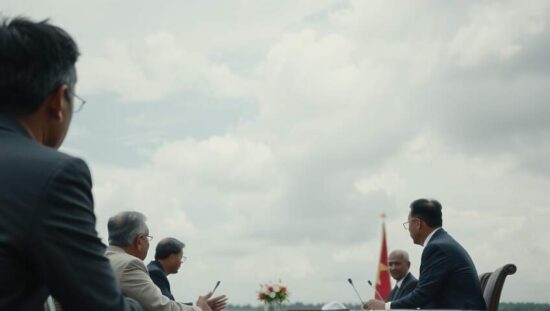A ceasefire agreement has been signed between Thailand and Cambodia at the ASEAN summit in Kuala Lumpur, marking a tentative pause in a border conflict that flared into intense fighting in July. The accord, witnessed by US President Donald Trump, outlines a military de-escalation, the withdrawal of heavy weaponry from the contested border region and the establishment of an ASEAN-led observer team to monitor compliance. As a condition of the agreement, Thailand has committed to the release of 18 Cambodian prisoners of war.
The border dispute, rooted in long-standing territorial disagreements, erupted into five days of heavy fighting that claimed dozens of lives and displaced approximately 300,000 civilians. Both nations initially accused each other of initiating the hostilities, highlighting the deep-seated tensions underpinning the conflict.
While the agreement has been presented as a significant step towards stability, questions remain regarding its long-term viability and the underlying causes of the dispute. The swift appearance of President Trump at the signing ceremony, publicly claiming credit for brokering the deal, has drawn scrutiny. Critics argue that the US intervention, while ostensibly aimed at de-escalation, could be perceived as an attempt to exert influence in the region and potentially politicize the resolution process.
The commitment to withdraw heavy weaponry and the establishment of the ASEAN observer team represent positive initial measures. However, the agreement’s success hinges on the genuine goodwill of both governments to uphold their commitments and address the core territorial grievances that have fueled the conflict for years. The role and efficacy of the ASEAN observer team will also be crucial in ensuring transparency and accountability.
The rhetoric from both Prime Ministers – emphasizing peaceful resolution and respect for sovereignty – strikes a conciliatory tone. However, skepticism persists given the history of intermittent clashes and the fragility of border agreements in the region. The release of the Cambodian prisoners, contingent on complete implementation of the deal, signifies a cautious approach, highlighting the lack of complete trust between the two nations. Ultimately, the ceasefire represents a fragile opportunity to forge a more lasting peace, but its success is far from guaranteed.





